Summer is coming to an end and it is time to start thinking about your boats winter hibernation. Just as bears gorge on seeds, nuts, and berries preparing themselves for the long winter hibernation, you should prepare your boat for its winter storage nap.
Winter storage can help protect your investment as well as your time in the spring when you are excited to get out on the open water again.

Here is a list of things that will make your spring life easier when putting your boat away for the winter:
- Clean the Boat: Top, sides, and deck – Let your boat dry before placing in storage
- Fresh Coat of Wax
- Oil Change and Filter
- Coolant System Flush
- Remove Drive Belts
- Grease Steering Mechanism
- Disconnect Battery
- Fill Gas Tank: Avoiding Condensation Over Months of Storage
- Change the Fuel Filter
Things you should make sure you don't forget are:
Walk Over: Check the boat for any minor problems, loose hoses, broken cable insulation, corrosion, rust, leakage, wiring connections etc. Repair or replace any broken or disassembled parts.
Remove and store any items like lifejackets, fire extinguishers, flares, ski ropes, electronics, and power adapters etc.
Ideally, you will store your boat indoors in a climate-controlled storage unit. Some people will not find this feasible. Outdoor storage is common and more practical for some. If storing your boat outdoors, be sure you have an excellent cover. Some people choose to shrink wrap their boats creating a very tight seal. This is a professional service and can be expensive. If you choose not to do so, you can cover your boat yourself. Be sure you have a custom-fit cover to attached tightly to your entire boat.
If you will be storing your boat outdoors, you will need to be sure you cover the boat properly. Keep it stored in a dry garage or under a canopy or carport. If this is not available to you try and keep the boat out of the elements as much as possible. Leaves, sun, rain, snow, dirt, and critters will all try to find their way into your boat. Clean debris off the boat covers regularly.
Keep in mind we specialize in getting you power solutions for your vessel, not servicing, cleaning or storage. We have compiled this list of things to help make your life easier. We are not in the storage and service profession. This list may have missed an item or have not described it in depth.

Please share your favorite marina’s, service centers and storage locations for your boat so we can offer the information to our customers looking for winter services and storage facilities.




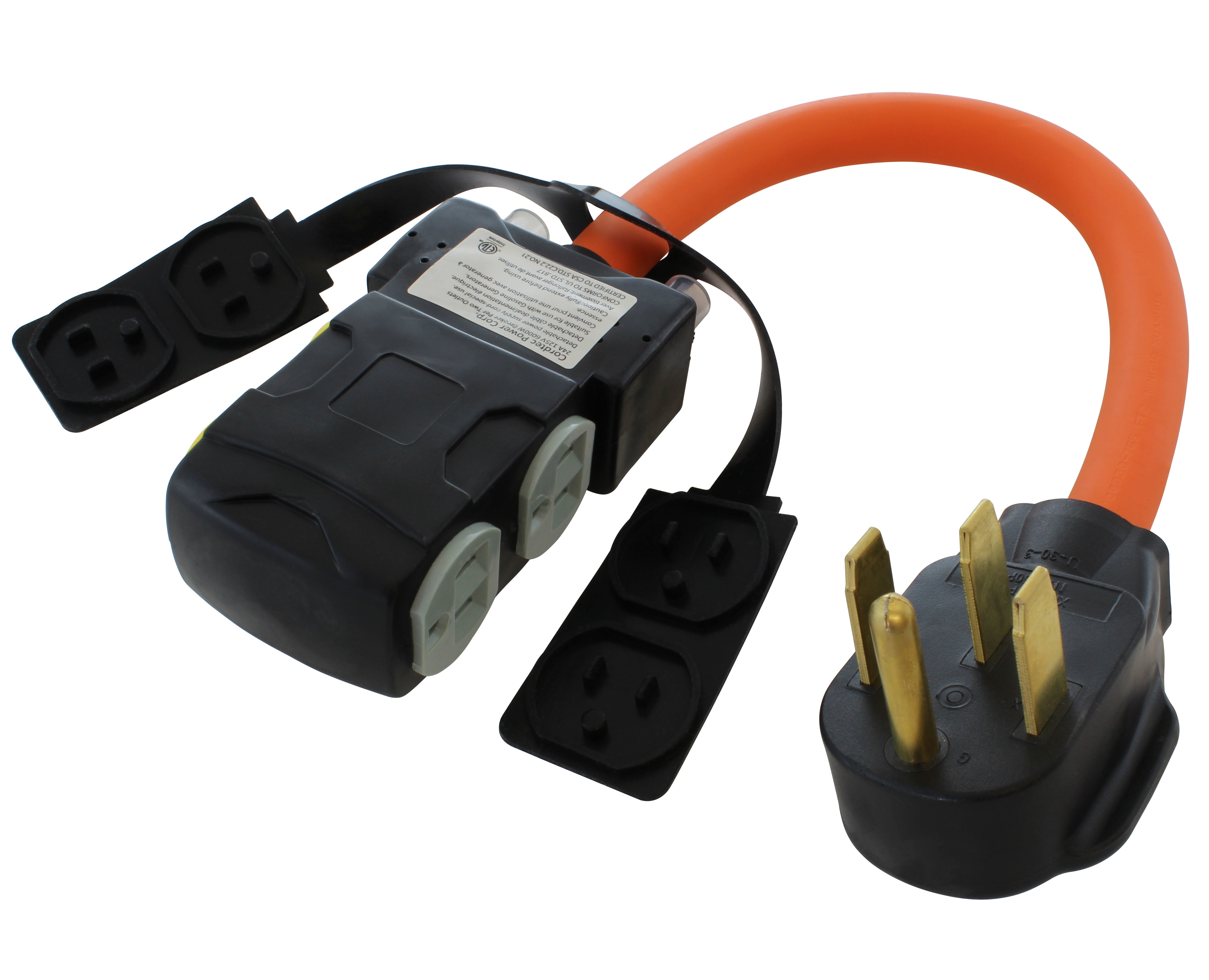
![AC WORKS® [ASINSS2PBX-G] 50A Locking 4-Wire CS6375/ SS2-50 Heavy-Duty Transfer Switch Inlet Box](http://acworks.com/cdn/shop/files/ASINSS2PBX-0_0206b362-7c90-42a5-8754-0685c13dab7e.jpg?v=1758051675&width=2500)

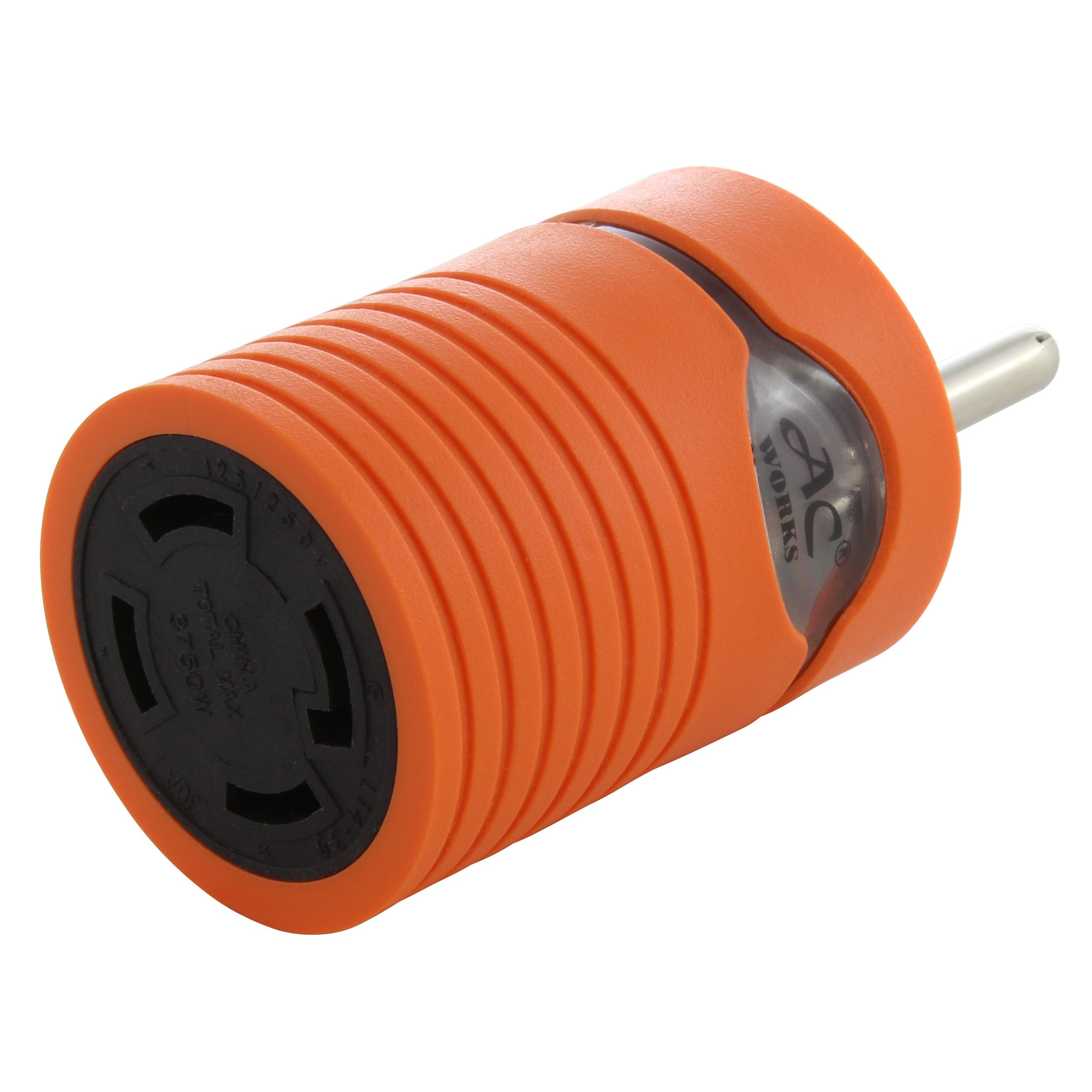
![AC WORKS® [S1430CBF520] 1.5FT 14-30P 4-Prong Dryer Plug to (4) Household Outlets with 24A Breaker](http://acworks.com/cdn/shop/products/S1430CBF520.jpg?v=1666103519&width=4656)
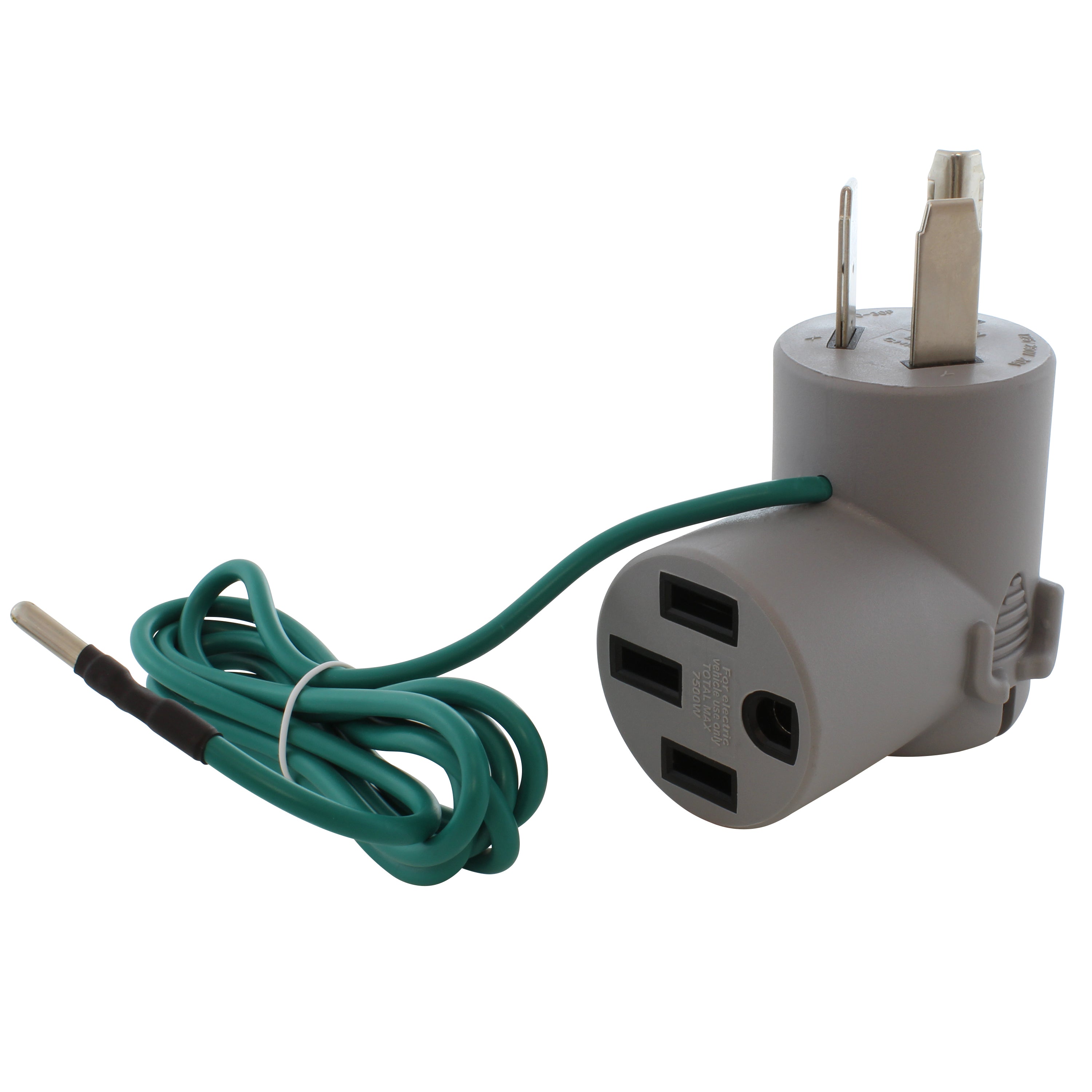
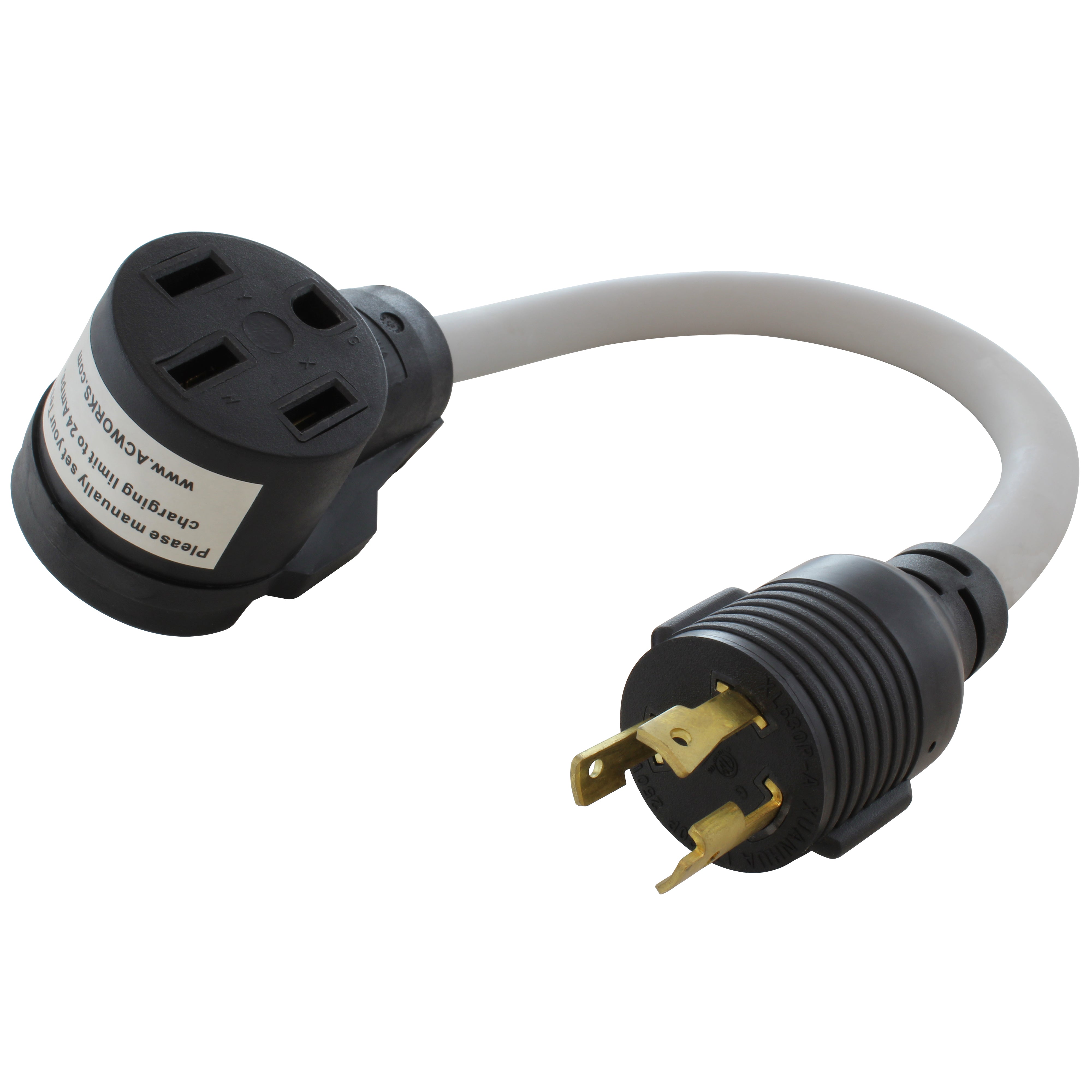
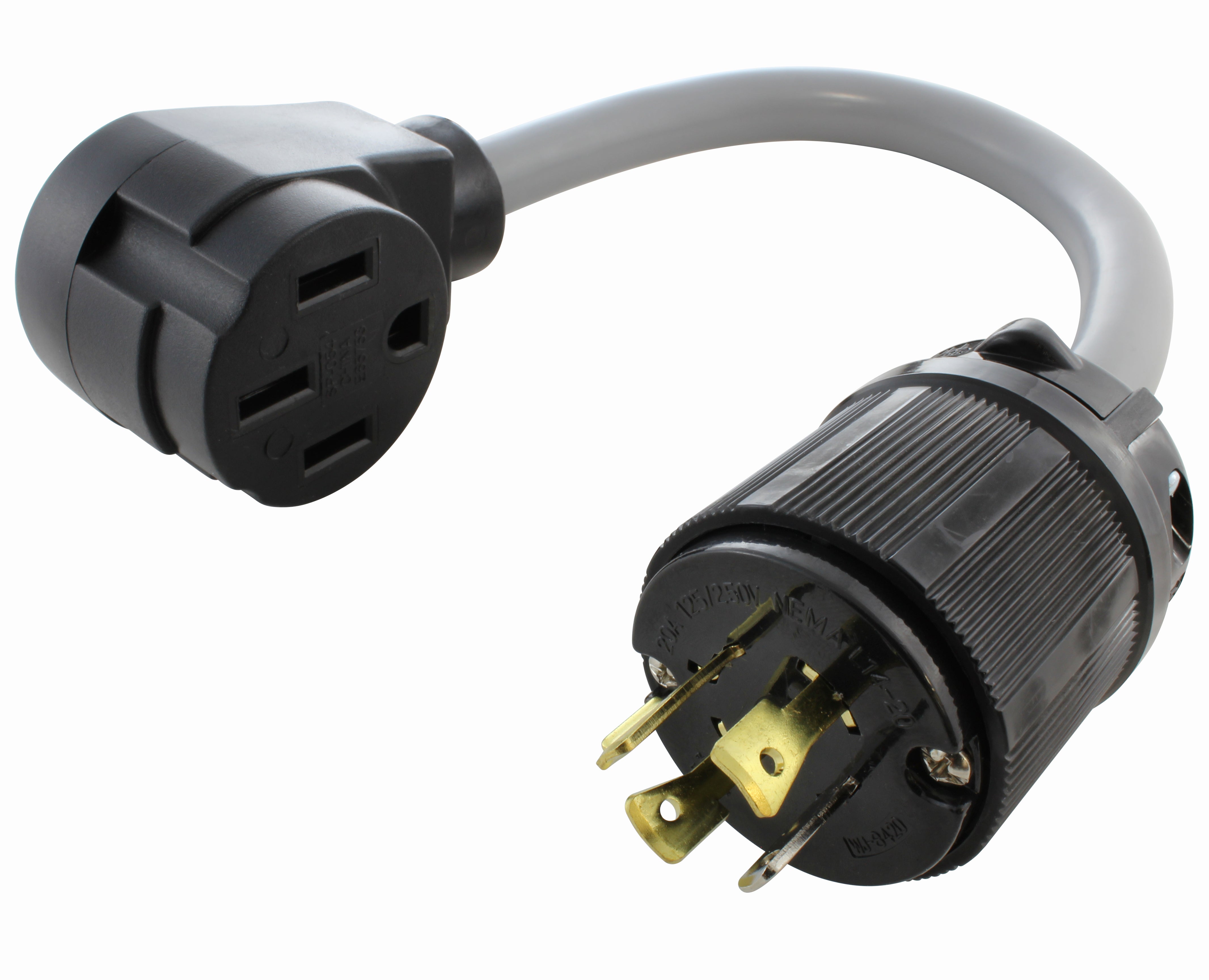

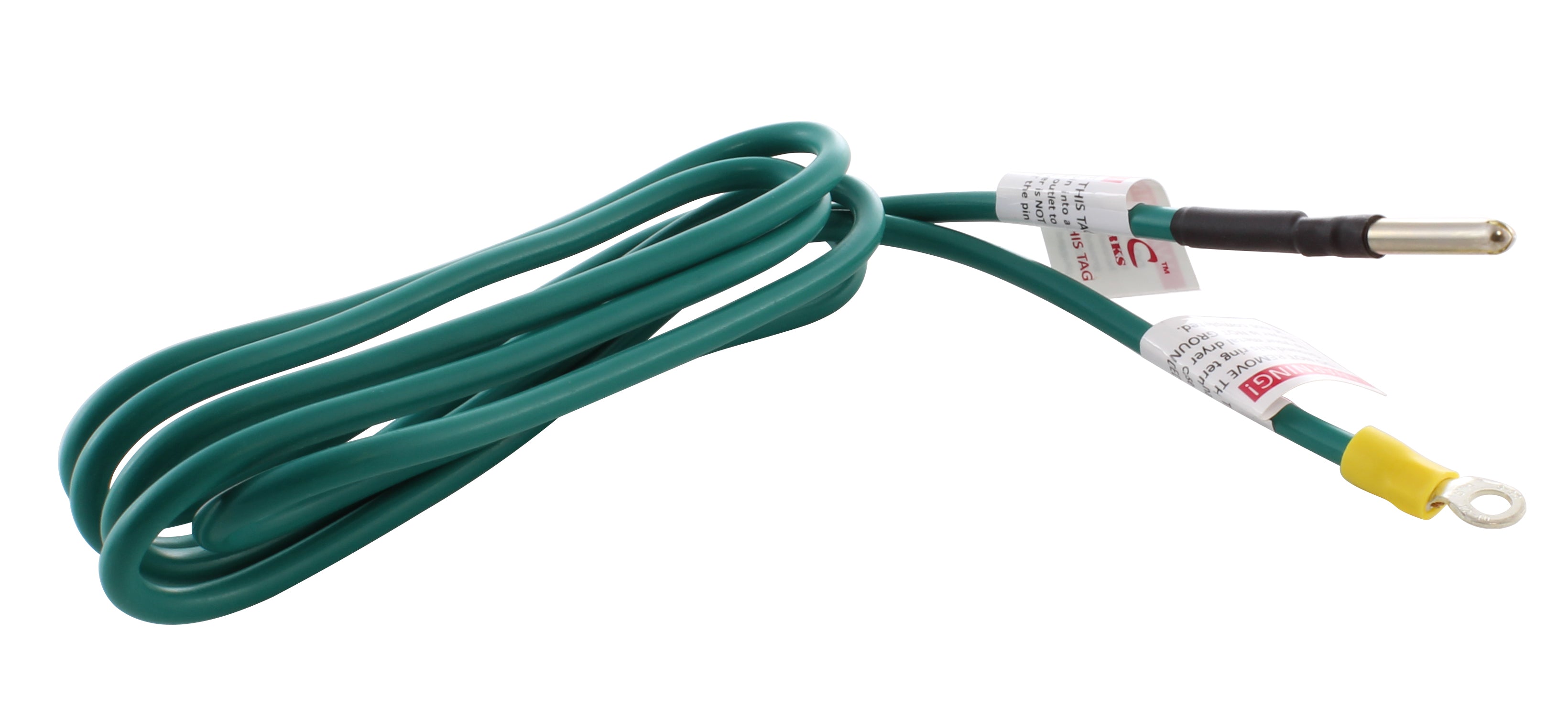

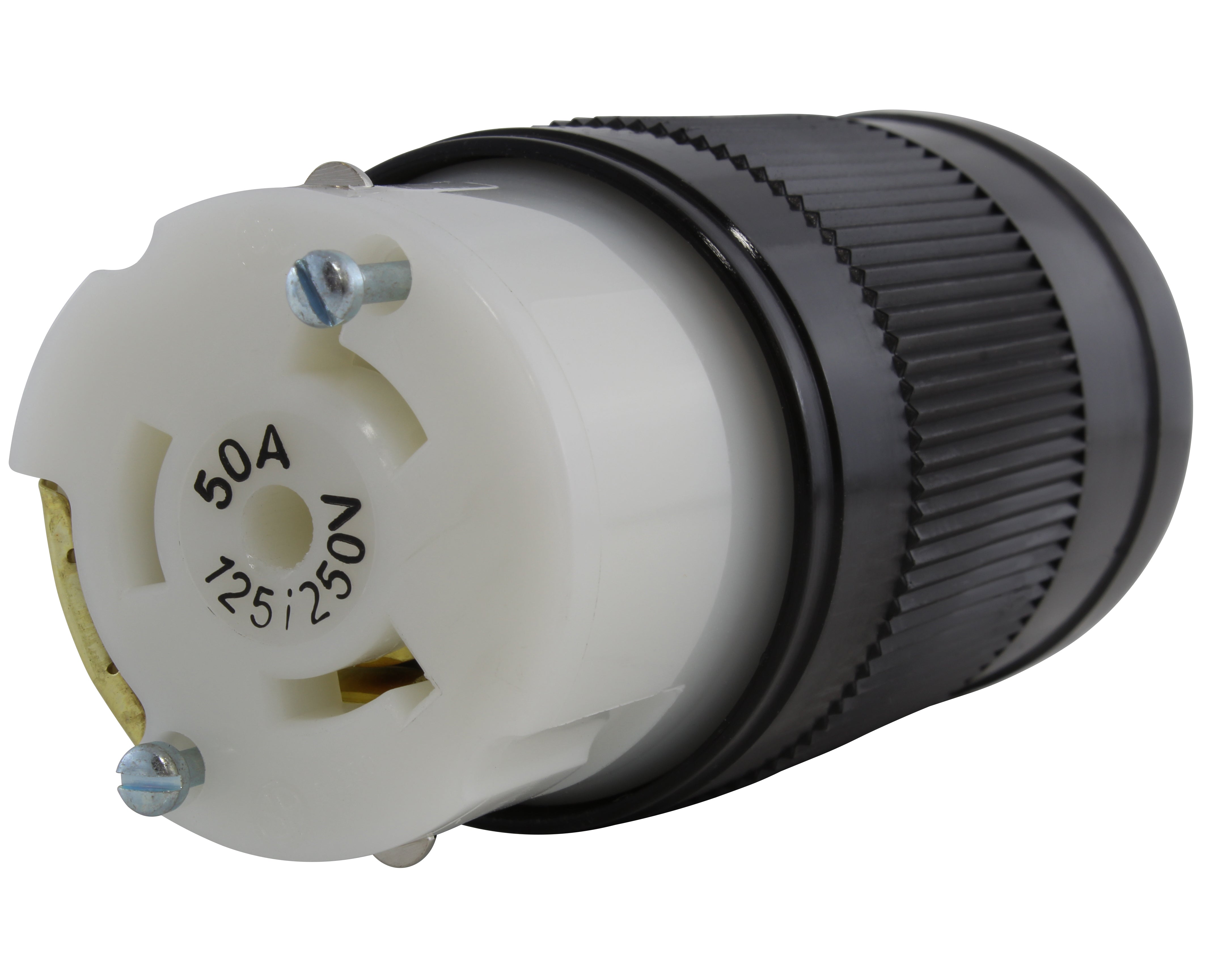

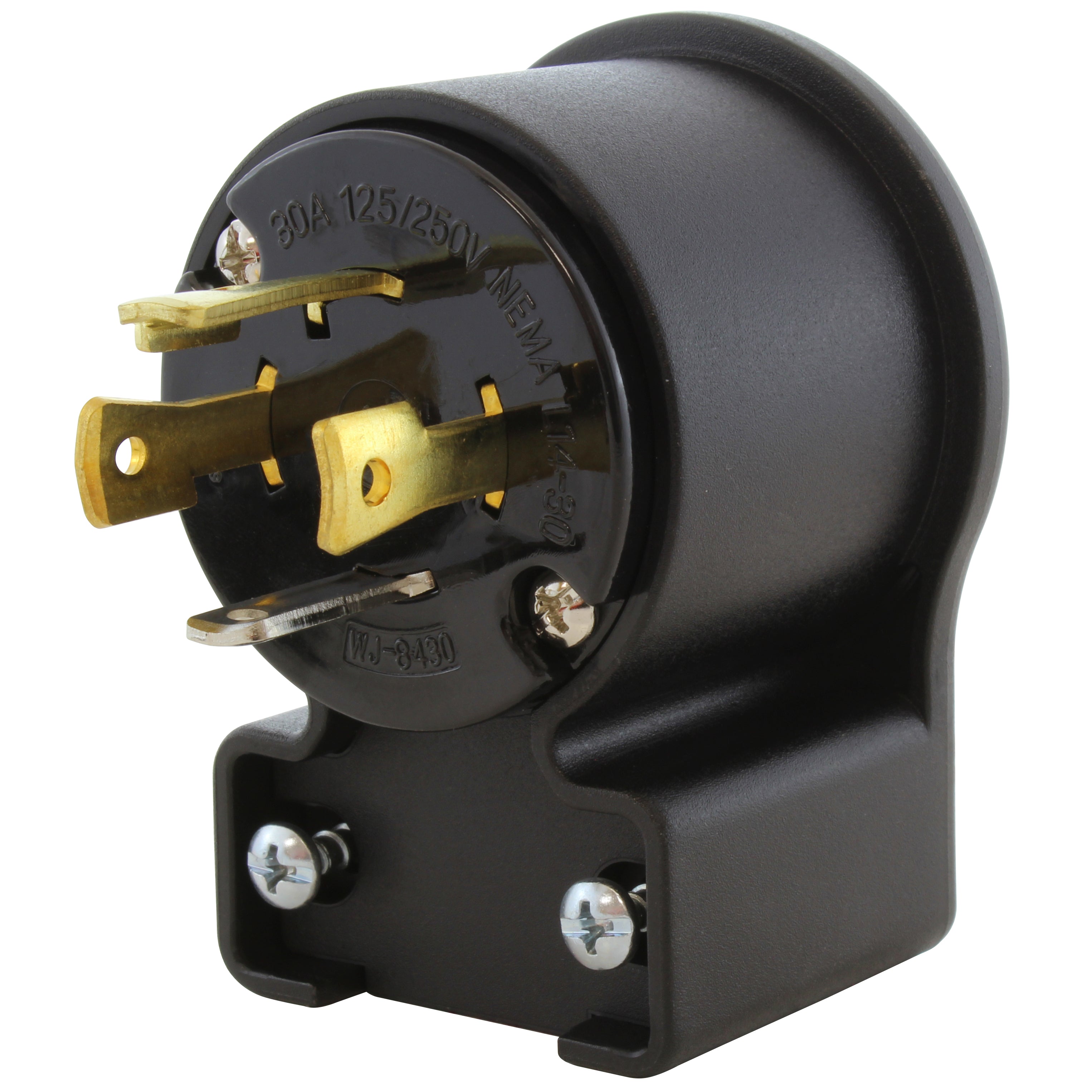
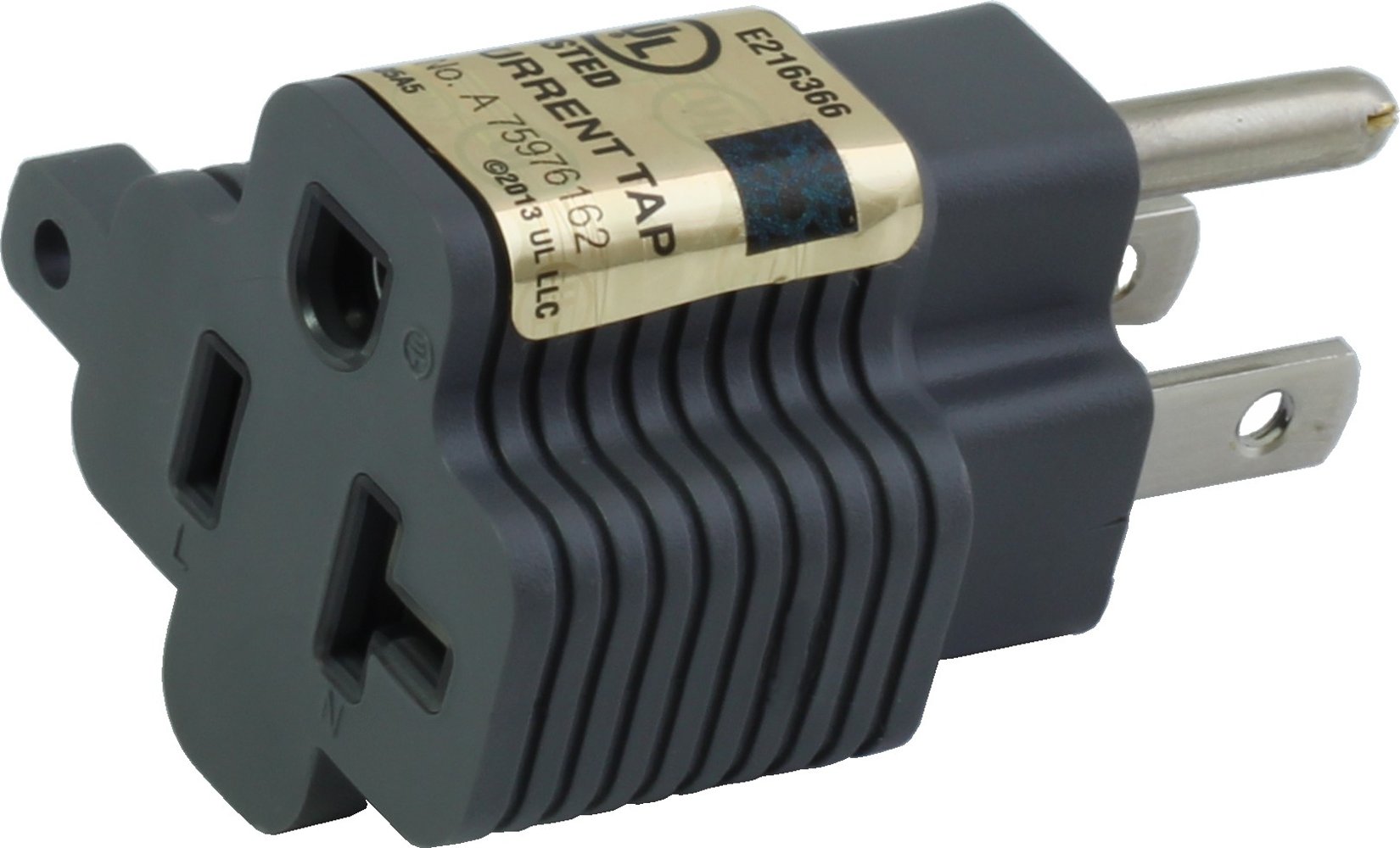
![AC WORKS® [ADV104] 3-Prong Heavy-Duty V-DUO Household Outlet Adapter](http://acworks.com/cdn/shop/products/ADV104-0.jpg?v=1605738768&width=3128)
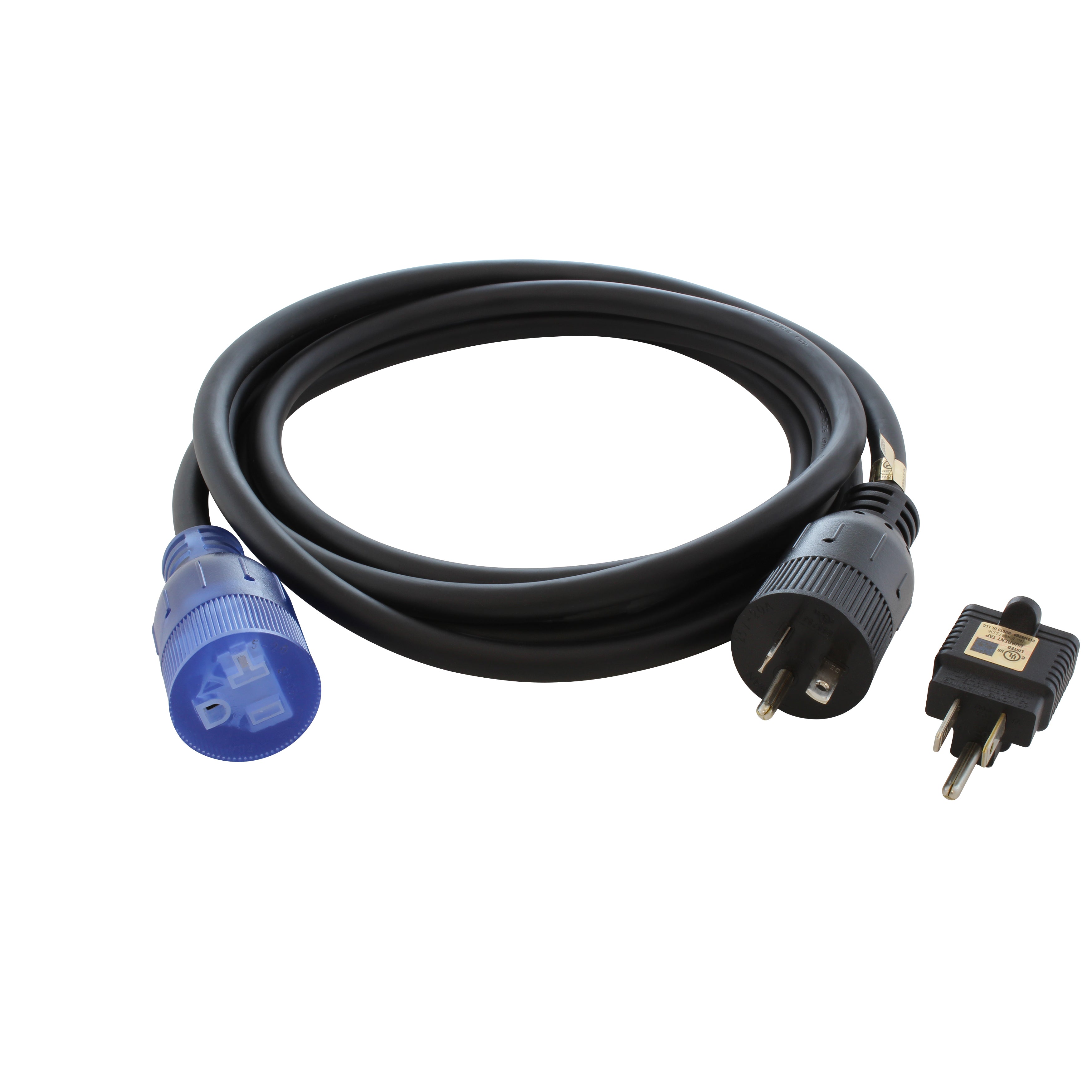
![AC WORKS® [XH515520] 15A to 15/20A 125 Volt Plug Adapter with ETL Safety Approval](http://acworks.com/cdn/shop/files/XH515520-0_daea425a-f439-48df-bb75-052167057f12.jpg?v=1729091519&width=2500)
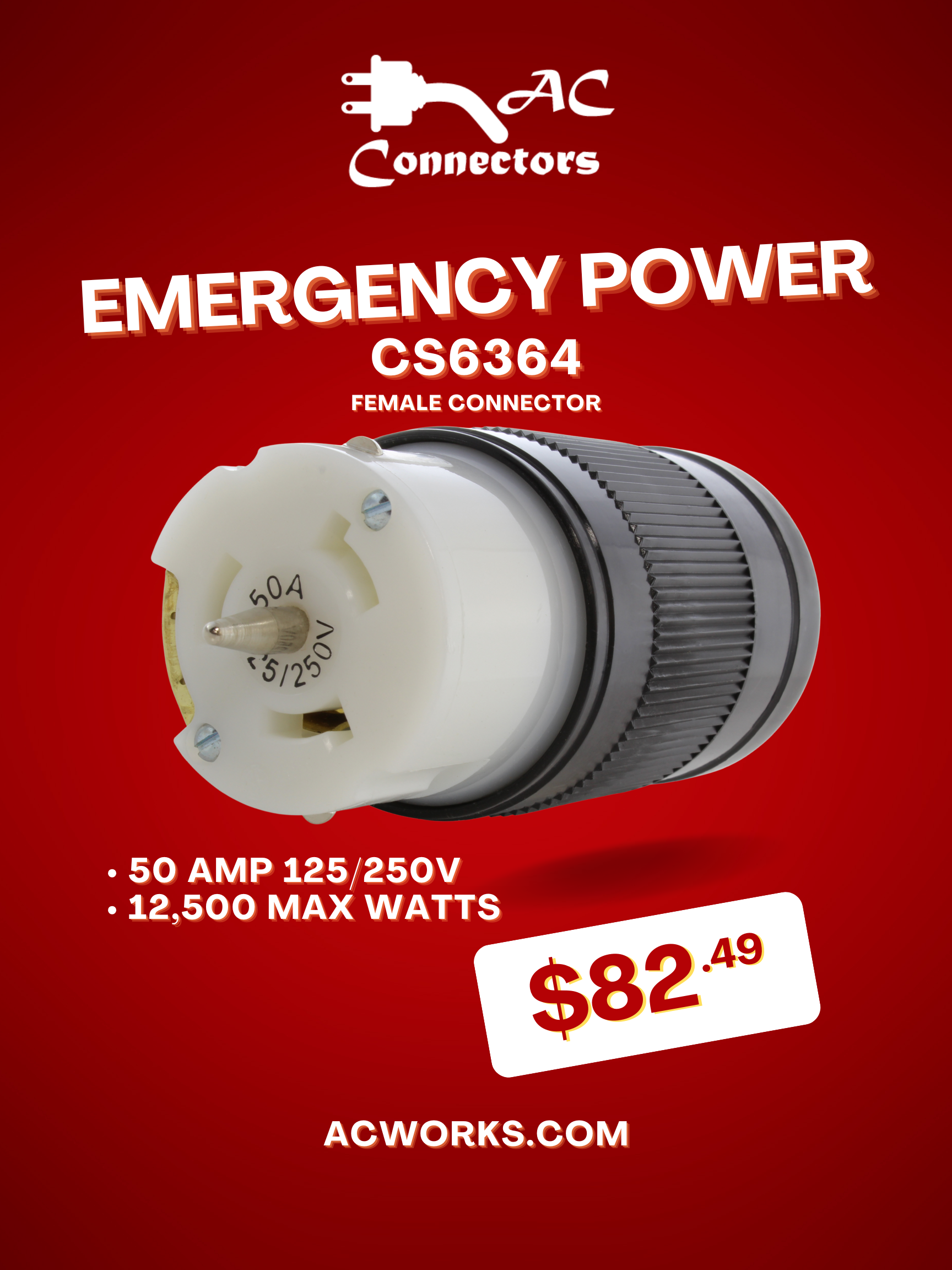


Share:
Preparing your RV for Winter Storage
Tips to be Aware of When Working on Wiring Projects
2 comments
It’s great that you mentioned servicing your boat. We just purchased our boat and we wanted to take care of it. I’ll definitely start working on it since it’s winter season right now.
A boat is a pretty big investment of time and money so, when you need to store it, you’ll want to know how to do it right. I particularly like the advice that the article gives the advice about disconnecting the battery. That way you do not have to worry as much about it corroding or possible leaking acid out onto the engine. http://www.riversidemarinaftpierce.com/boat-yard-services/